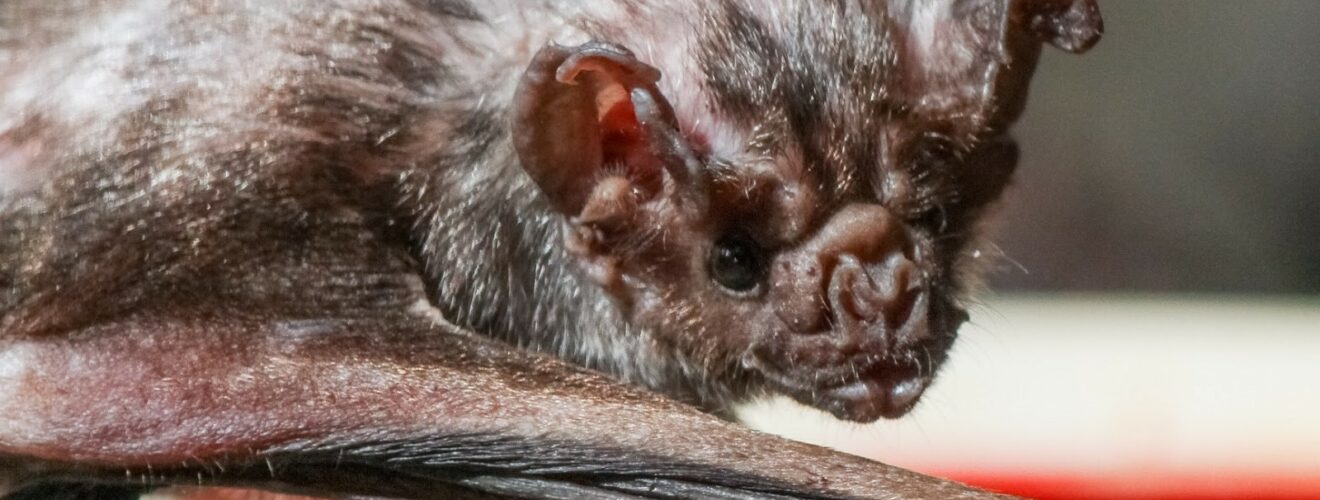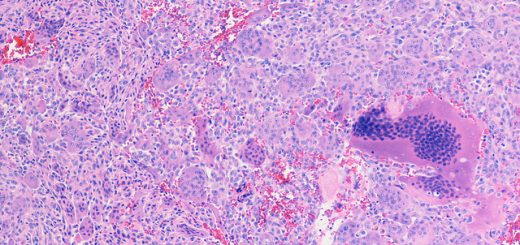Tracking Bat Movements to Predict Rabies Outbreaks

In Western Peru, rabies outbreaks may only be a wingbeat away. A new study suggests the deadly disease could reach the coast of the country within 5 years – with the help of male immigrant vampire bats.
This forecast comes from a team led by University of Glasgow researcher Daniel Streicker, whose research was recently published in the scientific journal1. The scientists hope their predictions will give the local population time to prepare for future outbreaks of the feared infection.
Rabies is a dangerous disease – contracting it is akin to death sentence. It is common in South America, where it is mostly spread by bats. Each year, it causes damages in livestock deaths worth more than 30 Million US Dollars (23.14 Million Pounds Sterling) on the continent. Sometimes, it also takes human victims.
To analyse the how disease spreads through Peru, the researchers collected and analysed rabies virus and vampire bat DNA from bats in all regions of the country. Combining this with information on where the bats were caught, the team calculated how fast and along which routes the virus had moved: on average, they found, it had traveled around 30 kilometers per year in the past two decades. The researchers also monitored recent rabies-related livestock deaths in the Eastern Peruvian Andes. This way, they confirmed that disease outbreaks followed along paths they predict in their model.
Disease carrying vampire bats have not yet crossed the mountains to Western Peru – the mountains have blocked their way to the coast. But no barrier is impenetrable: the projections of the group suggest that the infected bats will likely move along mountain valleys to eventually reach disease-free bat colonies West of the Andes. They estimate that if rabies keeps spreading westwards at a similar rate as in recent years, it could reach the Peruvian coast by 2019 or 2020.
The researchers’ analysis also pinpoints the culprit who is likely spreading the disease : young male bats, that fly to a new roost in the search of females. By looking at DNA that is passed on by mother bats only, the researchers show that the females of a roost tend to stick together, while males spread their DNA signatures to other nearby groups. These infected immigrant bats carry the rabies virus with them and spread it in their new homes. Keeping track of their movement may allow scientists to predict where rabies will hit next, helping prevent large, costly outbreaks.










